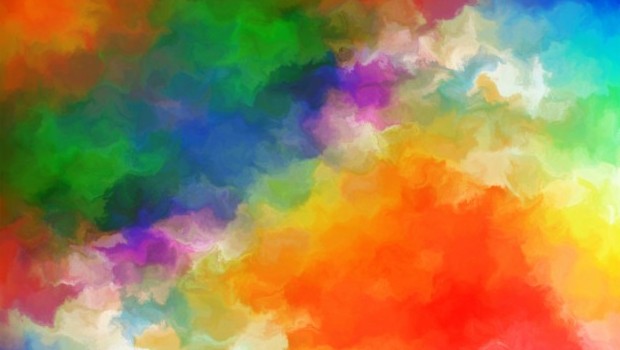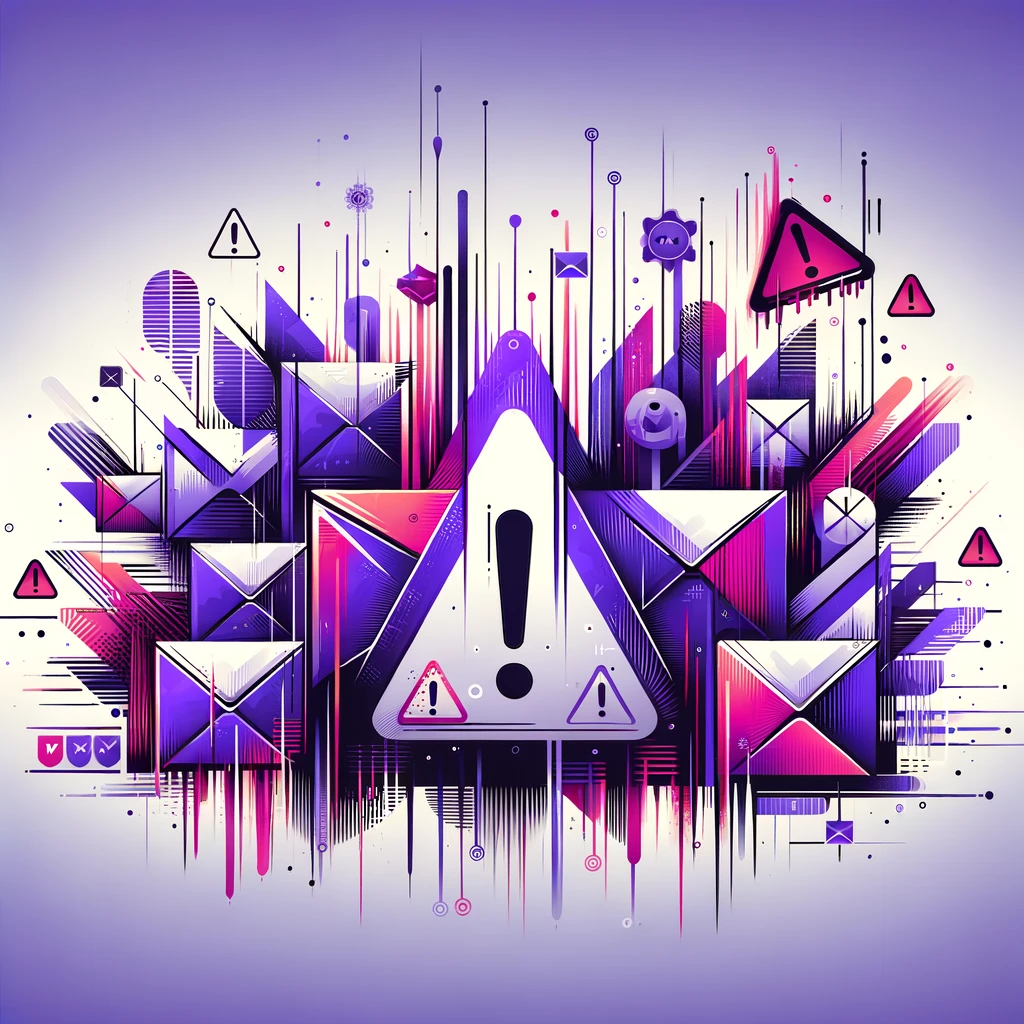
The Psychology of Color & Marketing – What Actually Works?
How do the colors red or purple make you feel? Excited, sophisticated? Hunches behind the psychology of color in marketing have been long-standing and intriguing, but are they actually true? Can you really use particular colors to enhance your customers’ moods, influence a click, establish brand recognition or affect their purchasing habits? Let’s find out:
Color & Branding
In the article, “The Color of Psychology of Color in Marketing and Branding,” author Gregory Ciotti points out that there have been “numerous attempts to classify consumer responses to different individual colors… but the truth of the matter is that color is too dependent on personal experiences to be universally translated to specific feelings.” Gender, background, and cultural differences also need to be taken into account, as they have an influence on color perception.
However, “In regards to the role that color plays in branding,” Ciotti says, “results from studies such as The Interactive Effects of Colors show that the relationship between brands and color hinges on the perceived appropriateness of the color being used for the particular brand (in other words, does the color “fit” what is being sold.)” Are you a funeral parlor and branding yourself with the color pink? Pink stands out, but might not be appropriate for your business or the personality you want established for your brand.
Bottom line? Choose colors for your brand, website and emails based on the appropriateness, personality and emotions that you intend to portray. However, you also want to assess the competition and choose colors that make your brand stand out. According to KissMetrics, “Color increases brand recognition by 80 percent,” so differentiation is key for creating brand identity.
“It has been suggested in Color Research & Application that it is of paramount importance for new brands to specifically target logo colors that ensure differentiation from entrenched competitors (if the competition all uses blue, you’ll stand out by using purple),” Ciotti says.
“It’s the feeling, mood, and image that your brand creates that play a role in persuasion,” Ciotti says. “Be sure to recognize that colors only come into play when they can be used to match a brand’s desired personality (i.e., the use of white to communicate Apple’s love of clean, simple design).”
Color, Conversions & Design, Oh My!
Does green convert better than red? Can the colors you use in your email marketing or on your website really influence an action? Ciotti states, “…there is no single best color for conversions. The psychological principle known as the Isolation Effect states that an item that ‘stands out like a sore thumb’ is more likely to be remembered. Research clearly shows that participants are able to recognize and recall an item far better (be it text or an image) when it blatantly sticks out from its surroundings. ”
In an A/B split test, a red button on a website may result in more conversions than a blue one. Is red the magic color? Does it evoke excitement and the desire to buy? Nope. Look at the website as a whole, the color pallet used on the site, and any other images that may be competing with that button. If the website has a blue-based color scheme and includes other blue images or elements, a blue button would easily blend in. The red button clearly stands out more due to the Isolation Effect. Bottom line? You can influence a reader’s action by guiding them with isolated colors. As you can see, we’re even using the concept on our own website:
Jared Christopherson of Yellowhammer suggests in this Mashable article, “10 Tips for Company Color Schemes” to use the 60-30-10 rule when designing a website or email. “Choose three different colors and use them in the ratio of 60%, 30% and 10%. This rule provides a simple way to create a professional color scheme for your brand.”
Once you have the 60-30-10 rule in place (background, base and accent colors), use the accent color (the 10% and typically, your boldest color) to guide customers to take a particular action. Use it in your call to action button, or on the link, tab, form you’d like customers to click next. But remember, using a bold button 10 times on the same page of your website or email defeats the purpose of “standing out.” You’ve now created ten competing actions. Don’t create too much competition. Decide what your most desired action is, and use your accent colors to accentuate that action. Is your entire website blue and grey? Make your accent color and “Sign up now” button red or purple.
Having trouble choosing color schemes? Check out sites and/or tools like COLOURlovers and Adobe Kueler to move things along.
What’re your thoughts on color and psychology? Read anything surprising?
© 2013 – 2018, Contributing Author. All rights reserved.





